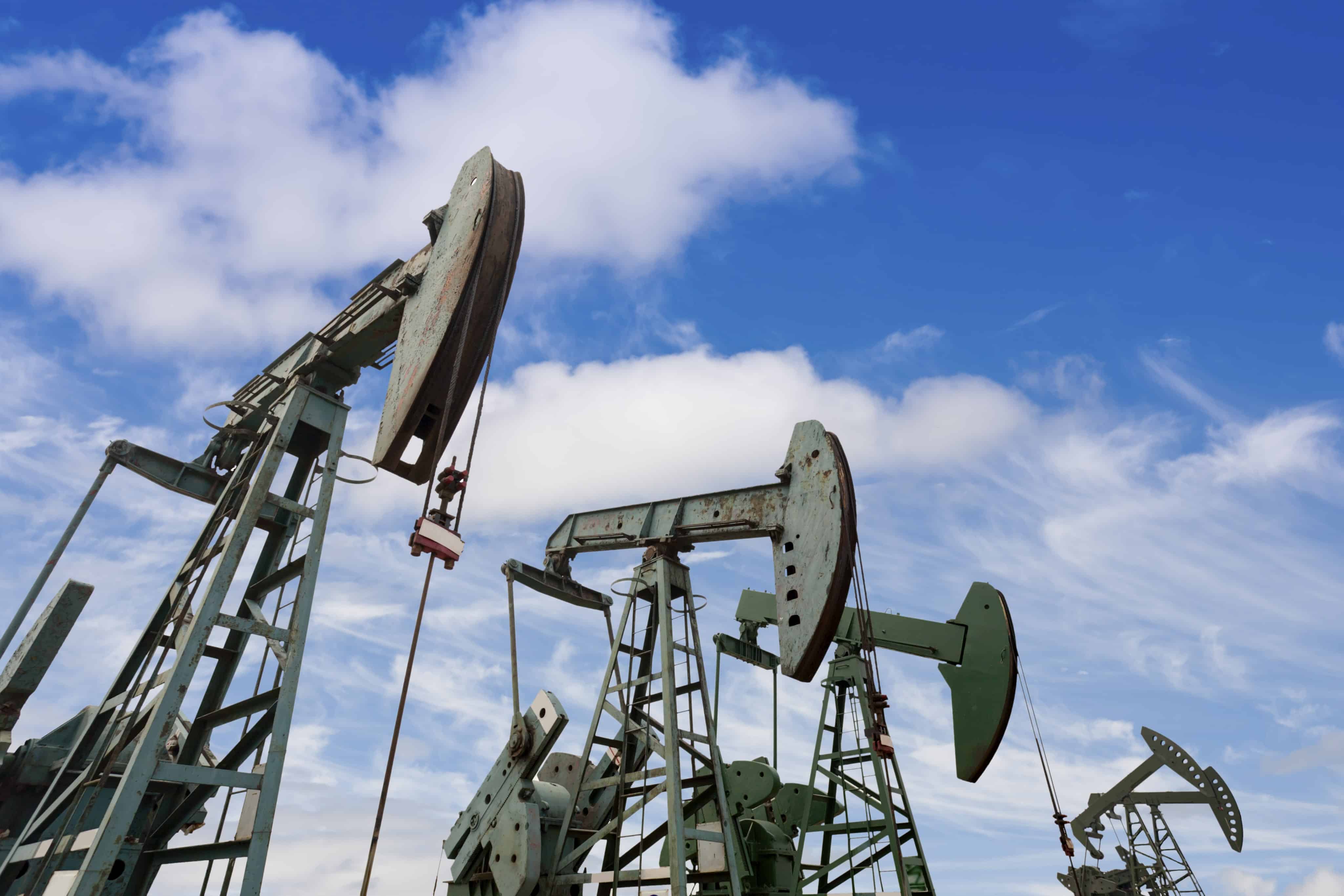The prolonged slump in crude has lasted far longer and been far deeper than the majority of industry insiders anticipated. Nevertheless, in the wake of OPEC’s recent ground-breaking deal, a significant degree of optimism has swept through the energy patch.
One stock that has been picked up by this increasingly positive outlook is Baytex Energy Corp. (TSX:BTE)(NYSE:BTE). Over the last month it has rallied quite strongly to be up by a stunning 30% for the year to date, and there are claims from many pundits that it has a lot further to run.
Even so, Baytex is a hard energy stock to like.
Now what?
While it may be highly leveraged to the price of crude, thereby giving investors considerable upside when oil moves higher, there are considerable risks attached to the company.
One is Baytex’s considerable debt, which, after deducting cash on hand, comes to a massive $1.9 billion, well in excess of its market cap of $1.2 billion.
Nonetheless, management has worked hard to ensure this debt is manageable in the current harsh operating environment by renegotiating Baytex’s financial covenants.
While this helps to ensure that they won’t be breached, it did come with a price. Baytex’s credit facilities were reduced by a massive US$575 million and it had to grant its banking syndicate first priority security over its assets. This not only substantially reduced liquidity but means that in the event of the company failing there will more than likely be nothing left over for shareholders.
The majority of this debt came from Baytex’s 2014 purchase of Aurora Oil and Gas Limited for $2.6 billion. This was hailed as a game-changing acquisition because it gave Baytex acreage in what is known as the sweet spot of the Eagle Ford Shale. Because oil produced from that acreage obtains a higher sale price and delivers far higher margins than its Canadian assets, Baytex has chosen to focus on it.
However, this doesn’t come without substantial risk.
You see, that acreage is operated by U.S. shale oil company Marathon Oil Corporation, meaning that Baytex has less control over the tempo of operations and is exposed to Marathon’s own operational risks.
Another risk is that Baytex has taken a knife to its spending on exploration and development, which is now roughly a third lower than it was a year earlier. This has had a sharp impact on the amount of oil it is able to produce.
For the second quarter 2016, production fell by a massive 17% year over year, and there are signs that this downward trend will continue for the foreseeable future. This because the amount of spending on exploration and development at this time is far less than what is required to replace the crude lost through natural decline rates.
Then it should be considered that shale wells have significantly higher decline rates than conventional wells. This means that the rate of production depletes at a far faster rate, making it imperative that the wells are regularly worked over to maximize their productive life and replaced with new wells.
However, Baytex’s spending at this time is insufficient to ensure that this occurs.
So what?
Baytex’s considerable degree of leverage to oil may make it an attractive play on the possibility of higher oil prices, but there are significant risks. Declining production and an inability to replace depleted wells will cause earnings to deteriorate and prevent Baytex from taking advantage of higher oil prices. This will magnify the risks that the massive pile of debt poses to the company’s financial health.








